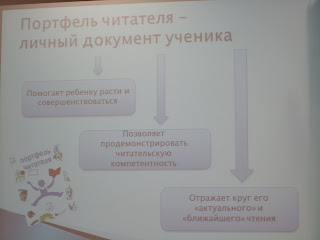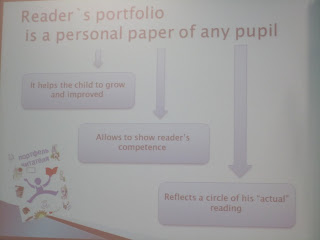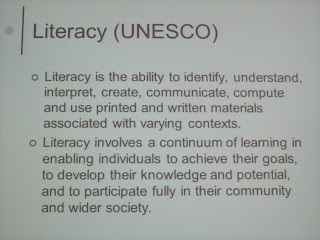I love Ralph's introduction to this book. It is called "Contagious Magic" and Ralph shares his thinking on the idea of mentor texts in our teaching. The thing I love about Ralph's work is that it keeps me grounded. He is a writer and also understands teaching and learning and he is always about keeping school writing experiences authentic for children. So, in this book, he is clear about his idea of mentor texts. He is clear about what worries him about how texts are being used in schools. (At one point, he questions the word "anchor" texts because anchors weigh us down and this writing should lift us up.) He talks about how often, we, as teachers, use mentor texts to point the things out that we want kids to notice. But he challenges us to let our students own the idea of mentor texts. He says, "let's invite students to connect with whatever aspect of the text they find compelling or intriguing." He adds, "let's honor whatever they notice, and use that as the building blocks of our teaching." Ralph approaches mentor texts as invitations for student writers, putting them in charge of what they notice and what they are ready for. He speaks against the idea of "doing mentor texts" and assigning tasks for students to "do" with certain texts and that studying mentor texts is not about having the right answer or noticing what the teacher wants you to notice.
Ralph continues the book with an introduction of himself to students. A great intro to his collection of writing, letting kids in on Ralph as a person, a writer and a teacher. He shares lots of the same things with students that he did in the intro-his belief about mentor texts and his invitation to them to notice things.
Then he gives us a collection of his own writing--writing from some of the books we love-Fig Pudding, Harvest Moon, Ordinary Things and others. And with each piece of writing, he gives us a short narrative--an informal chat about what his thinking was behind the piece. He doesn't include a detail of every decision he made, but just shares his thinking about the things he thinks are important about the piece or important decisions he made in the process of writing. And he gives readers an invitation to notice something or try something.
Included in this book are some web-based PDFs that can be used on a whiteboard, etc to share with kids. There is also audio of Ralph reading several of his pieces. You can access both of these with a password provided in the book.
I love the whole idea of this book. The idea of a mentor text as invitation. The idea that it is more important to value the things that our students notice in good writing, than to force our noticings on them. The idea that we want our students to find their own mentor texts and find things they are ready for as writers. And I love that students can get the inside scoop on some of Ralph's writing. The idea of mentor texts as more of a process than a science is refreshing. And you can always count on Ralph to be refreshing and to help us really think about our work with students. Ralph is a great author to mentor us as teachers and to mentor our student writers.
LOVE THIS ONE!
(To hear Ralph talk about his thinking on mentor texts, you can listen to my podcast interview with him at Choice Literacy.)








